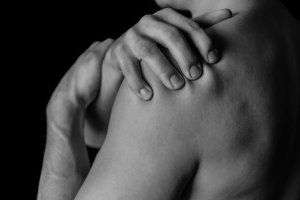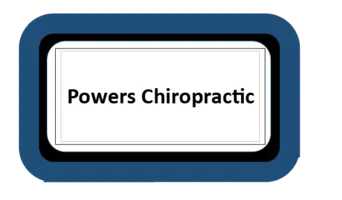
Pathophysiology means the function in an individual or an organ is disturbed due to disease, leading to a structural defect. In chiropractic care, it often presents when unusual bony growths, such as bone spurs, attempt to fuse malfunctioning joints, causing the spine to degrade, joints to become altered, scar tissue to develop and the nervous system to stop functioning properly. Muscle weakness (in the area of the spine) and loss of range of motion can also be experienced.
What Causes Pathophysiology?
While a pathophysiological condition can be brought on by age and genetic factors, it can also result from trauma, such as an automobile accident.
Pathophysiology and Vertebral Subluxation Complex
Pathophysiology is just one of five interrelated parts associated with vertebral subluxation complex (VSC), which is a set of signs and symptoms that affect the spinal column. The other four are:
- Spinal kinesiopathology. This component sets pathophysiology and the remaining interconnected parts of VSC into motion. This occurs when the bones of the spine lose their natural position and motion, which makes it challenging for the individual to bend and turn.
- Myopathology. The muscles supporting the spine can weaken, causing them to atrophy or stiffen, and, as a result, go into spasm. All of this flexion of the muscles can cause the development of scar tissue that, over time, changes the muscle tone.
- Neuropathophysiology. The spine houses and protects the nerves and nerve tissue. When the spine functions improperly, it can cut off, distend or inflame fragile nerve tissue and cause the nervous system to malfunction.
- Histopathology. If the blood and lymph supplies increase, a person’s body temperature can rise, leading to inflammation and swelling of the tissues and muscles around the spine. With this may come protruding, torn, herniated or deteriorated spinal discs.
Treating Pathophysiology
When treating a pathophysiological condition, such as that described above in the first paragraph, chiropractors can use spinal adjustments and soft tissue work.
There are many types of spinal manipulation, some of which include:
- Toggle Drop. Here, the chiropractor crosses his hands, and then presses firmly down on the area of the spine that is being treated, before apply a quick thrust that adjusts the spine. This should help the vertebral joints move more easily.
- Release Work. Because pathophysiology causes bony growths to fuse malfunctioning joints of the spine, release work is a common technique used. During release work, the chiropractor uses his fingertips to apply mild pressure and separate the vertebrae in order to restore mobility.
- Side Posture (also known as the lumbar roll). The patient lies on his or her side while the chiropractor uses a quick but manipulative thrust to return the vertebrae to their original position.
- Instrument Adjustments. This may be one of the gentlest methods of adjusting the spine. With the patient facing down on the table, the chiropractor utilizes a spring-loaded activator instrument to implement the adjustment.
- Table Adjustments. The patient will be asked to lie on a table that has sections that drop down. When the chiropractor gives a quick thrust, a section of the table drops. The table lands and comes to a complete stop, but the patient’s body continues its motion. The thrust, drop and momentum of the patient’s body all work to align the spine.
Active Release Techniques
Treatment may not end with spinal adjustments alone. Because the muscles surrounding the spine can become weakened and scar tissue can develop, soft tissue work may be needed. This may come in the form of massage or what is called active release techniques (ART).
With ART, the chiropractor begins by getting a feel of the tissues, specifically looking at texture, motion and tension. Once he has determined the state of the patient’s tissues, he will perform a number of touch-based techniques to do one or more of the following:
- Shorten or lengthen the tissue
- Apply contact tension
- Make the tissue glide relative to the tissue nearby
By performing these movements, mobility can be reestablished; fibrous adhesions can be broken down; trapped nerves or blood vessels can be freed; pain can be diminished; and oxygen and blood can be successfully transported to the muscles and tissues.
To schedule an appointment to learn more about pathophysiology treatments, contact our office today.
